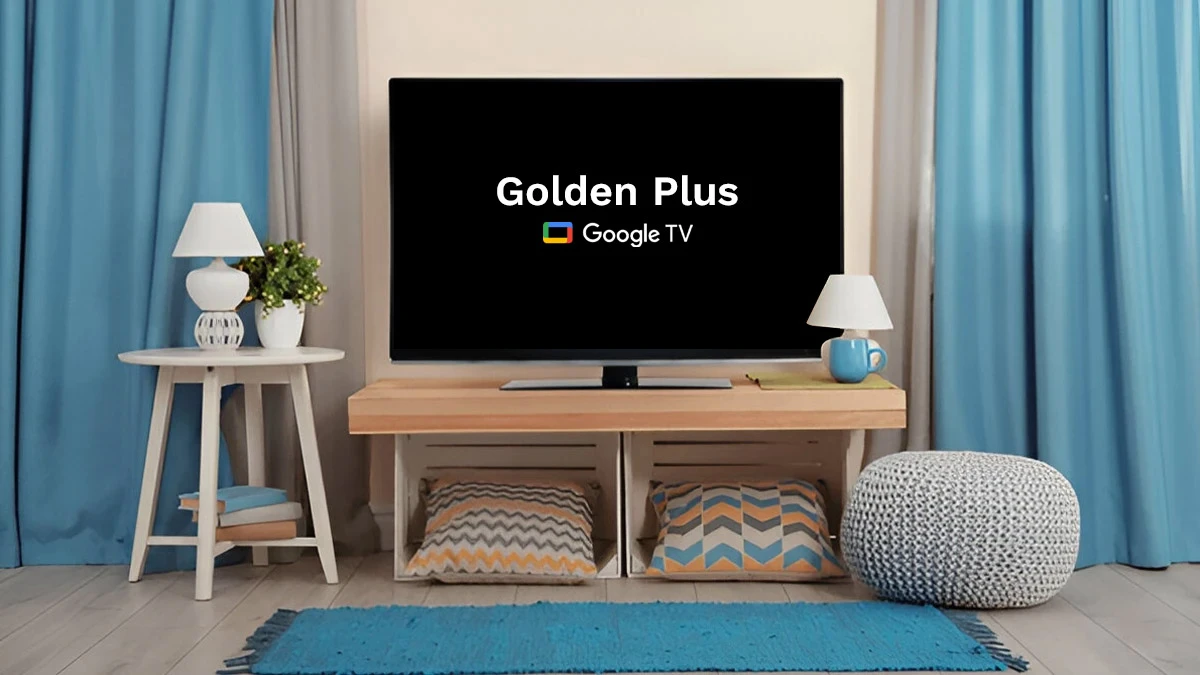
How to Get the Best Picture Quality on Your LED TV
20 Mar, 2025
Understanding picture quality is essential for enjoying the best viewing experience on your LED TV. With the right settings and adjustments, you can enhance colors, contrast, and sharpness to ensure the image is clear and vibrant. In this guide, we’ll walk you through practical tips to improve the picture quality of your LED TV.
Choosing the Right Resolution for Your LED TV
LED TVs come in various resolutions, such as Full HD, 4K, and 8K. To get the best picture quality, you should use content that matches the resolution of your TV. Higher resolutions like 4K will deliver more detail and sharper images, making it a great option if you want to see the best picture clarity.
Adjusting Brightness and Contrast Settings
The brightness and contrast settings significantly affect picture quality. Too high or too low can distort the image. Adjust the brightness so it’s not too harsh, and set the contrast to ensure that the difference between dark and light scenes is clear without washing out details in bright areas.
Calibrating the Color Settings for Accuracy
Color calibration ensures that the reds, blues, and greens on your LED TV are accurate and natural. Many LED TVs have preset color modes, but for the best results, manually calibrating the color balance can bring out the most lifelike and vivid hues, improving the overall visual experience.
Enabling HDR for Better Detail and Contrast
High Dynamic Range (HDR) enhances picture quality by providing a wider range of colors and more contrast between light and dark areas. If your LED TV supports HDR, make sure it’s enabled in the settings to experience brighter highlights, deeper shadows, and greater detail in dark scenes.
Adjusting Sharpness for Crisp Images
While it's tempting to crank up the sharpness setting, too much can create unwanted artifacts in the image. Set the sharpness to a moderate level, just enough to bring out the details without over-enhancing edges or causing noise in the image.
Reducing Motion Blur with Motion Smoothing
Motion smoothing is useful for fast-moving scenes, but it can sometimes create a “soap opera” effect. If you prefer a more cinematic look, turn off or reduce motion smoothing settings. However, for sports or action movies, motion smoothing may help reduce blur and enhance clarity.
Setting the Right Aspect Ratio
LED TVs come with multiple aspect ratio settings (16:9, 4:3, etc.). For the best picture quality, ensure that the aspect ratio matches the content you're watching. A mismatched aspect ratio can lead to stretched or cropped images, diminishing your viewing experience.
Choosing the Optimal Picture Mode
Most LED TVs come with different picture modes like Standard, Cinema, Game, or Vivid. For the best color accuracy and balanced contrast, consider using Cinema or Movie mode. Vivid mode, while brighter, can distort colors, so it’s often not the best choice for regular TV viewing.
Using an External Calibration Device
For advanced users, using an external calibration device, like a colorimeter or spectrometer, can help fine-tune your TV's picture settings to professional standards. These devices measure color accuracy and brightness levels, ensuring the most accurate and visually appealing picture possible.
Choosing the Right Cable and Input Source
The quality of the cables you use to connect your devices to the LED TV can affect picture quality. Opt for high-quality HDMI cables that support 4K or HDR content. Also, ensure that your input source, whether it’s a streaming device, gaming console, or Blu-ray player, supports high-definition or 4K content for the best picture output.
Proper Lighting for Enhanced Viewing
Ambient light in the room can influence how you perceive the picture quality on your LED TV. To reduce glare and reflections, position your TV in a well-lit room but avoid direct light sources. Consider using bias lighting behind your TV to enhance contrast and reduce eye strain during long viewing sessions.
Regularly Updating Your TV’s Firmware
Manufacturers often release firmware updates to improve picture quality and fix bugs. Check for regular updates for your LED TV to ensure that you’re getting the latest optimizations and enhancements. Firmware updates may also enhance HDR compatibility and other display features.
Using a Sound System to Complement the Picture
Good picture quality deserves great sound. While upgrading your TV’s audio may not affect picture quality directly, it enhances the overall viewing experience. Consider using a soundbar or external speakers for richer, more immersive sound to match the quality of the visuals.
Avoiding Overuse of Picture Enhancements
LED TVs often come with various picture enhancement features like noise reduction or edge enhancement. While these can improve the picture in some situations, overusing them can lead to unnatural results. Always balance these features to avoid compromising the integrity of the image.
Managing Energy Settings for Optimal Performance
Some energy-saving settings can reduce the brightness and overall quality of the picture to save power. Ensure that your energy-saving mode isn’t set too aggressively, as this can dim the picture and reduce contrast. Opt for a balance between performance and energy efficiency.
Conclusion
To ensure your LED TV consistently provides the best picture quality, regular maintenance is key. Periodically check for software updates, clean the screen to remove dust, and recalibrate the picture settings as needed. Taking care of your TV will help you maintain top-notch picture quality for years to come.



